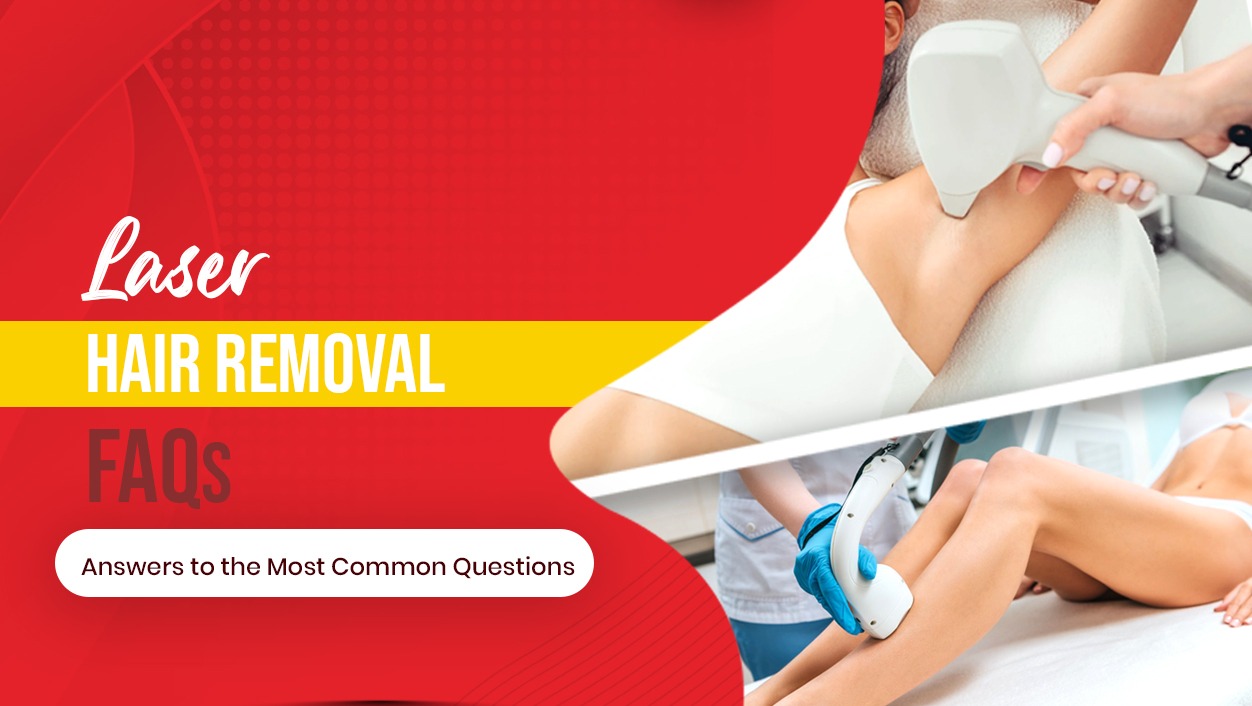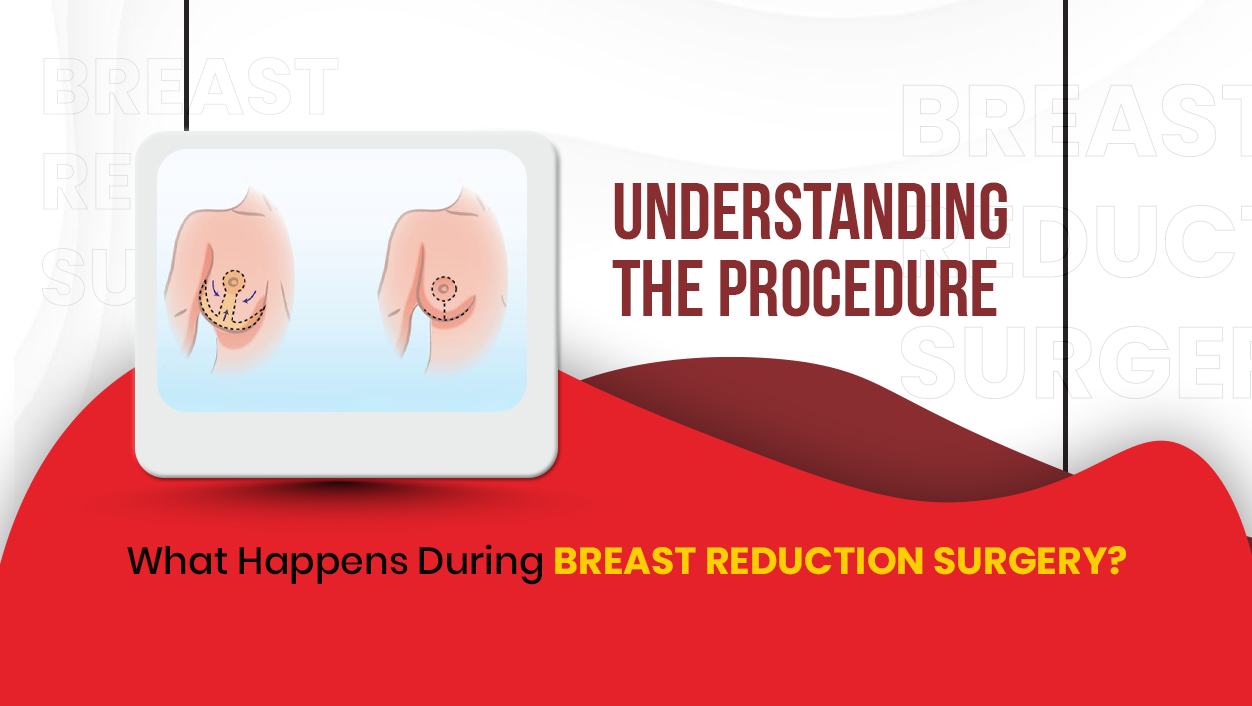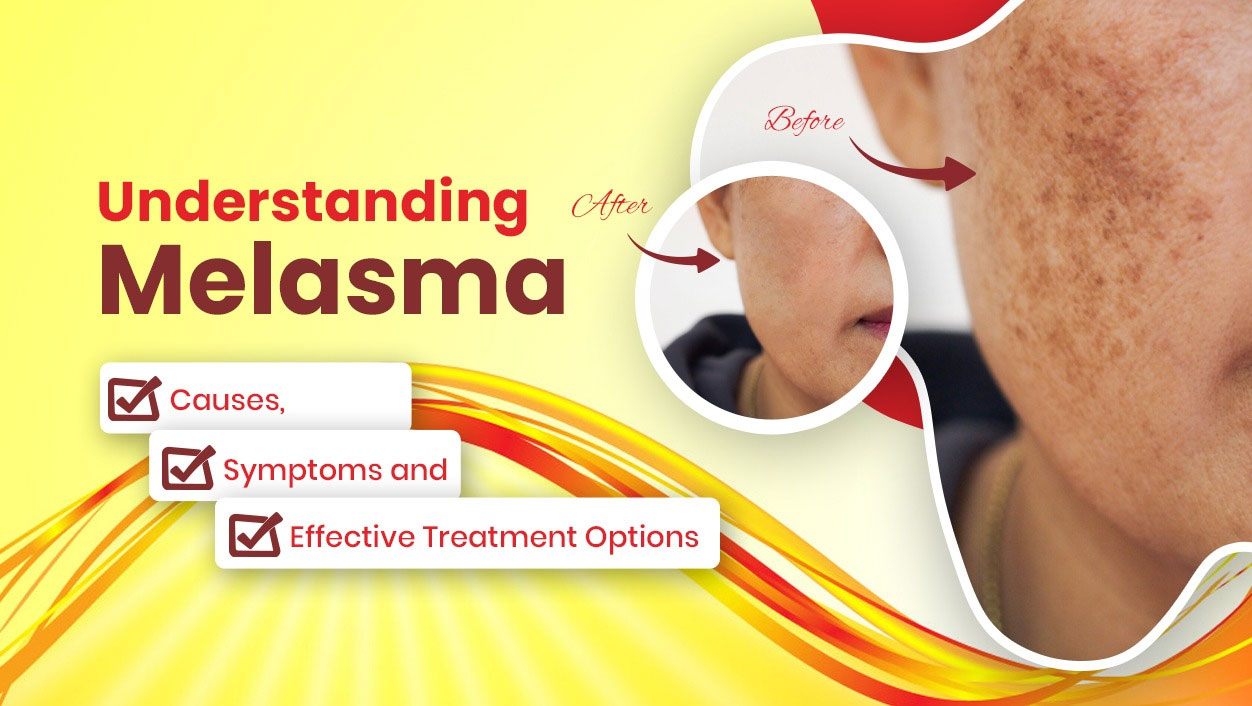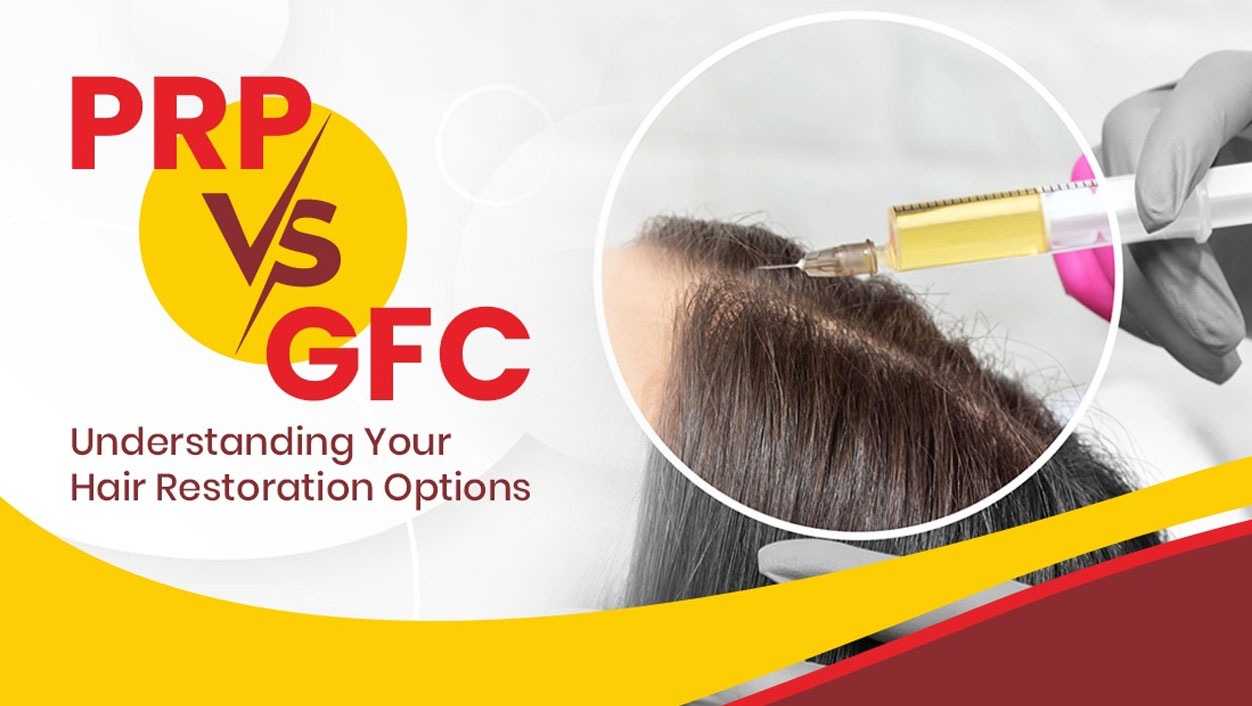Blog Details

Laser Hair Removal FAQs: Answers to the Most Common Questions
Laser hair removal is something a lot of people are curious about. You hear things like “permanent results” or “smooth skin with no effort” being shared online. It sounds promising, almost too easy. And while yes, it does deliver great results for many, it’s completely normal to feel unsure before going for it. I’ve had people come in saying, “I’ve been thinking about this for years, but I’m nervous.” Some are worried about the pain. Some are unsure if their skin type is suitable. Others wonder if it’s actually safe in the long run. These concerns are valid. And that’s exactly why I wanted to write this, not to convince you, but to help you understand what it really is. So if you’re someone who’s been thinking about laser hair removal but has questions in the back of your mind, this is for you. Let’s talk through the most common ones I hear in my clinic, honestly and clearly. If you're looking to understand the science behind it, here’s something that might help: Now, let’s go through a few of the most common questions I hear in consultations. Yes, laser hair removal is a safe procedure. The laser works on only the top two layers of skin. It does not go deeper. As long as it is done by a qualified professional, it’s a relatively safe treatment. Generally, laser hair removal does not cause pain. Some patients feel a mild pricking or discomfort in areas like the underarms, especially if there is pigmentation or darker skin tone. In such cases we apply a numbing cream first. Once you’re numb, the procedure is painless. No. Laser hair removal is not a one-time magic fix. Hair grows in cycles. At any given time only about 20–25 percent of hairs are in the growth phase. We need multiple sessions to target all hairs as they grow. That is why the treatment is spread out over time. The number of sessions depends on your hair quality and thickness. Most people need 3 to 8 sessions. We space them 2 to 6 weeks apart based on your hair growth rate and skin response. After a few sessions, hair growth usually slows and becomes finer, so we may extend the gap between treatments. Before your laser session, avoid waxing or threading for at least two weeks. Those methods remove the hair roots that lasers target. Shaving is allowed because the root remains intact. If you waxed or threaded recently we ask you to wait two weeks before starting the laser. After laser you need to take care of your skin. Avoid sun exposure and heat-based treatments on your face for at least one week. Stay out of swimming pools. Use gentle moisturizer and sunscreen. If you follow these guidelines, complications like redness or pigmentation can be prevented. The treatment destroys hair follicles targeted during each session. Those follicles will not grow hair again. If any hair grows later it’s usually because it was in the sleeping phase earlier and we didn’t treat it yet. With follow-up sessions we can remove these too. Laser treatment does not go deeper than the skin surface. It targets pigment in hairs. In fact, it may lighten areas with pigmentation, like underarms. Some patients worry about skin darkening. To be safe, we perform a patch test first. Once you’re comfortable with the skin response, we can proceed confidently. We do recommend tests if you have hormonal conditions such as PCOD or thyroid problems. These conditions can cause stronger hair growth that resists treatment. Addressing hormone issues first helps improve laser results. Side effects are usually mild if the procedure is done correctly. You may notice slight redness or warmth on the treated area, like a mild sunburn. This usually settles in a few hours. Rarely, if the skin is exposed to heat or sun right after treatment, it can lead to temporary pigmentation changes. That’s why we guide you clearly on post-care. If you follow it, the risk is very low. It depends on the area being treated. Smaller areas like the upper lip or underarms can take around 10 to 15 minutes. Larger areas like legs or full arms might take 30 to 60 minutes. We’ll always discuss the timing with you before each session so you can plan comfortably. If you're still carrying questions, about safety, results or whether this suits your skin, I’d rather not let you guess your way through it. Come in, let’s sit down and look at it together.This isn’t about chasing beauty standards. For some, it’s about convenience. For others, it’s about treating medical conditions like PCOS. And for many, it’s simply about feeling comfortable in their own skin.
👉 Everything You Need to Know About the Laser Hair Removal Process
Frequently Asked Questions About Laser Hair Removal
Is laser hair removal safe?
Does laser hair removal hurt?
Will hair stop growing after one laser hair removal session?
How many sessions are needed?
How should I prepare for the laser hair removal session?
What is the post‑treatment care for laser hair removal?
Is laser hair removal permanent?
Can laser hair removal cause allergies or pigmentation?
Are any tests needed before laser hair removal treatment?
10. Does laser hair removal help with any medical conditions?
In specific cases, yes. One example is pilonidal sinus, a painful condition where hair growth near the tailbone causes recurrent infections. Laser hair removal can help reduce hair in that region and lower the chances of recurrence after surgery. If you’ve dealt with this before, it might be worth discussing whether laser treatment is suitable as part of your long-term care.
11. What are the possible side effects?
12. How long does a session take?
Before you go
Sometimes, a face-to-face conversation clears more than a hundred online searches ever could. I’m here to guide you, not rush you. Whenever you feel ready, you can walk into INARA Healthcare and we’ll take it from there. At your pace, with your comfort first.












